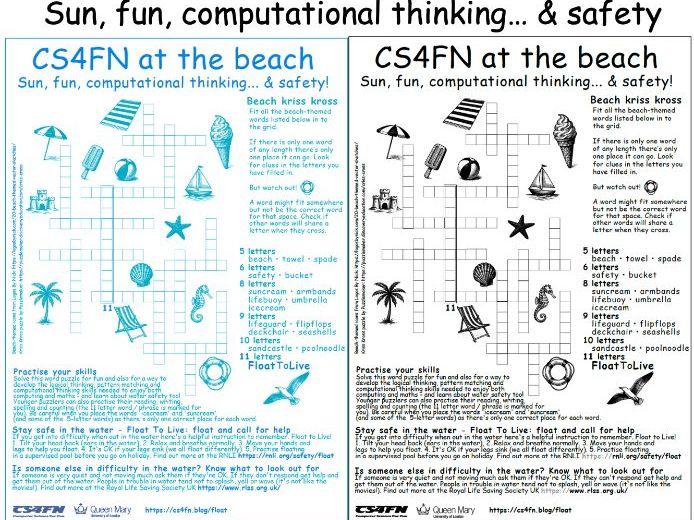JoBrodieCS4FN's Shop
Free, inspiring computing-themed resources for teachers, home educators and children of primary and secondary school ages. Find out about computer science concepts and real computing research in a fun way. Resources created by Paul Curzon, Peter McOwan, Jo Brodie and others from Queen Mary University of London.
















